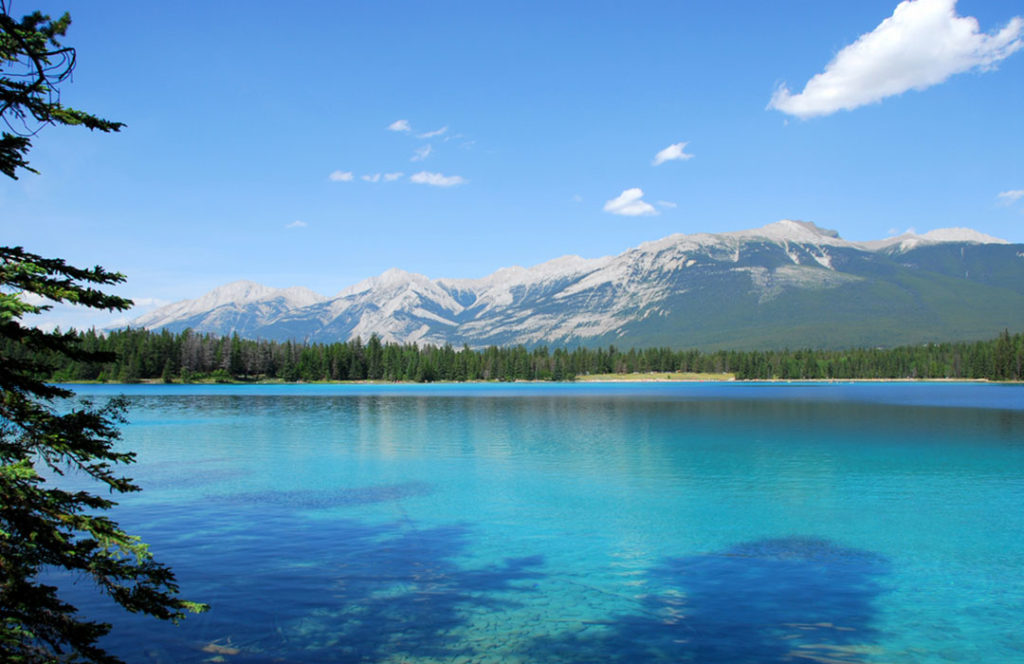
Protected Areas Explained Nature Canada
Learn about the different types of protected areas in Canada.
Parks, wildlife areas, bird sanctuaries, marine protected areas… We have lots of ways to safeguard our natural spaces in Canada. Big or small, they can all contribute to achieving the federal government’s goal of protecting 30 percent of our lands and waters by 2030 (the “30×30” campaign).

What are National parks?
National parks are often what come to mind when people think of protected areas.
National parks are established “to protect and present outstanding representative examples of natural landscapes and natural phenomena that occur in Canada’s 39 natural regions,” in the words of Parks Canada. This federal government agency is responsible for protecting the ecological integrity of these areas while managing them for visitors to enjoy.
A national park that is subject to Indigenous land claims negotiations is called a national park reserve. Respect for Indigenous rights is vital for the success of national parks, as it is for the success of 30×30 in general.
Canada also has provincial parks, managed by provinces or territories, whose goals are similar to those of national parks.
Read More: 6 Steps to Protect Nature and Establish a National Park →

What are National marine conservation areas (NMCAs)?
Like salmon, national marine conservation areas (NMCAs) are both a freshwater and saltwater species.
NMCAs protect the seabed (or lakebed) of a particular area and the water above it. But they can also take in wetlands, islands and other coastal lands… and all the animals and plants found there.
Parks Canada is the federal authority responsible for these areas, but NMCAs have a different character from national parks. Since human use will often continue within their boundaries, NMCAs do not try to preserve ecosystems unaltered. NMCAs are managed overall for sustainable use and include smaller zones of high protection.
NMCAs are protected from dumping, undersea mining, and oil and gas exploration and development. Fishing activities can be permitted but must be managed with the conservation of ecosystems as the main goal.
Take Action: Support a National Marine Conservation Area in Lake Ontario’s Eastern Basin →

What are Marine protected areas (MPAs)?
Marine protected areas (MPAs) fall under Canada’s Oceans Act and are the responsibility of Fisheries and Oceans Canada.
An MPA is part of the ocean that is legally protected and managed to achieve the long-term conservation of nature. When an area is under consideration for MPA designation, it is called an Area of Interest.
MPAs contribute to a healthy marine environment but also help support sustainable industries, local economies and coastal communities. MPAs can be developed to conserve and protect features such as archaeological sites, shipwrecks, and areas traditionally used by Indigenous and non-Indigenous communities.
Learn More: 7 Critical Principles for Canada’s Ocean Economy →
What are National wildlife areas (NWAs)?
National wildlife areas (NWAs) are created and managed for the purposes of wildlife conservation, research, and interpretation. Environment and Climate Change Canada (ECCC) is the federal government department responsible for NWAs.
These wild spaces can significantly contribute to Canada’s efforts to conserve our vast boreal forests, our northern ecosystems and our three ocean coasts. The Scott Islands marine National Wildlife Area, established in 2018, is Canada’s first marine NWA.

What are Migratory bird sanctuaries (MBS)?
Unlike a national wildlife area, a migratory bird sanctuary (MBS) can be established on private, provincial, territorial or federal land. These areas protect Canada’s most important migratory bird habitat, including critical nesting areas, migration staging areas, and coastal seabird islands. Migratory Bird Sanctuaries are the responsibility of Environment and Climate Change Canada (ECCC).
Learn More: Cities across Canada are becoming bird friendly. Here’s how →

What are Indigenous Protected and Conserved Areas (IPCAs)?
Indigenous Protected and Conserved Areas (IPCAs) focus on protecting and conserving ecosystems through Indigenous laws, governance and knowledge systems. Indigenous communities in these areas take on the responsibility of protecting ecosystems for future generations. Culture is an essential part of the conservation goal—in the words of Vince Ahenakew, Michif Language Teacher and Sakitawak IPCA Board Member,“language connects to the land like butter to bannock.”
Want to Help?
Hello nature life wilderness is the world’s envy. It’s our duty to keep our true north strong and green.
Donate

